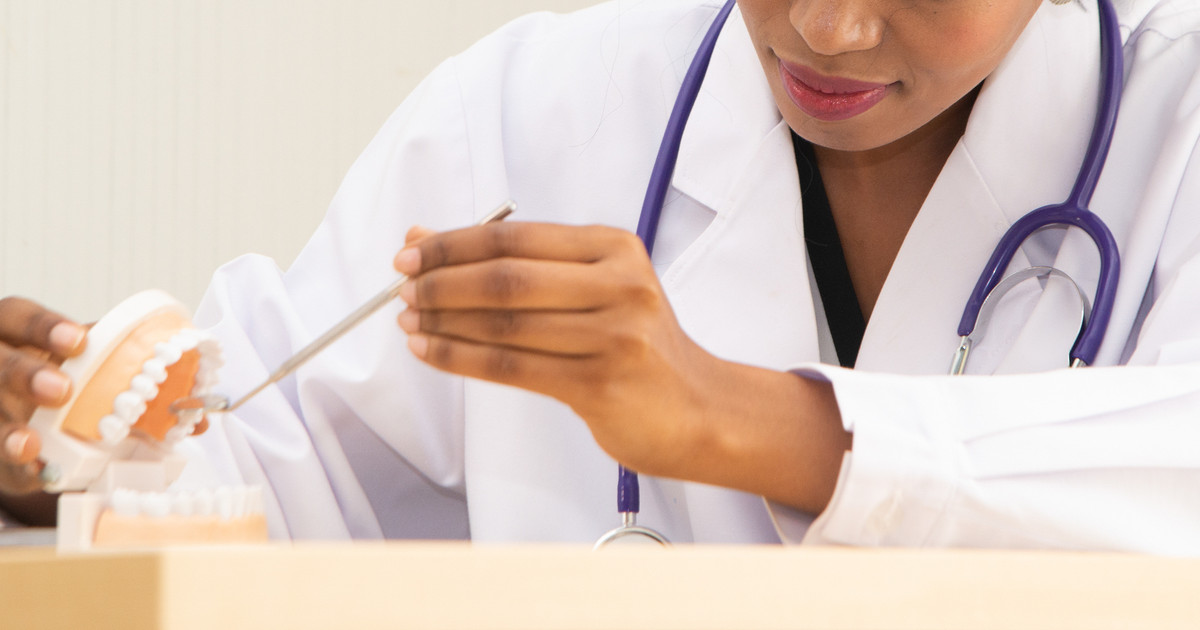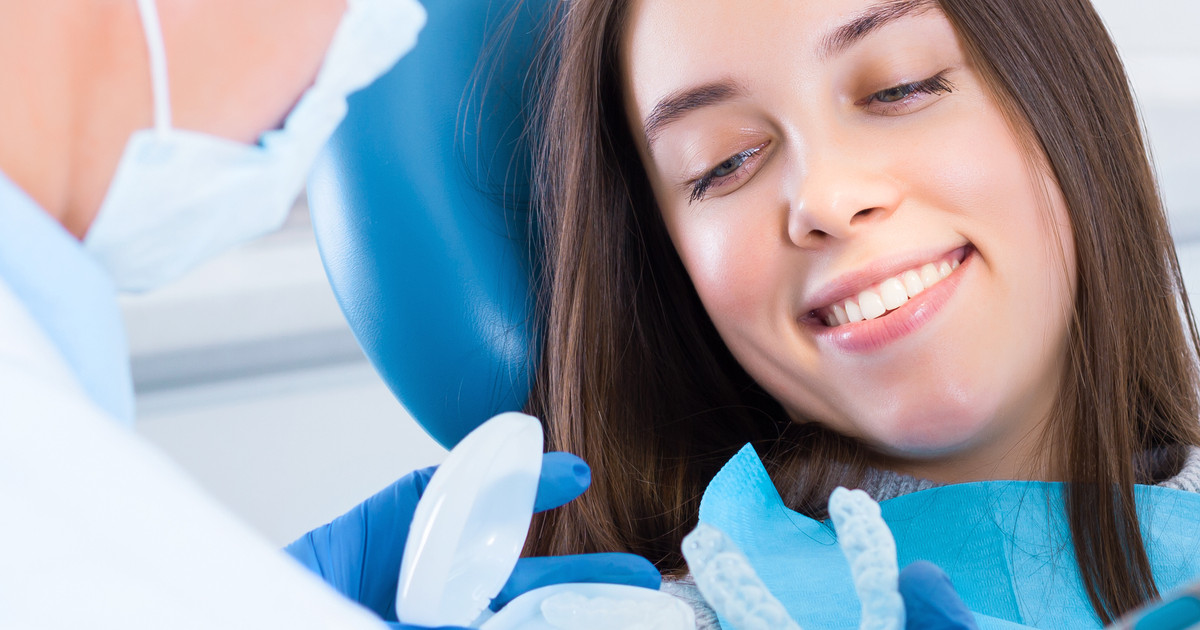Common Treatments For Sleep Apnea
Oral Appliances
Although CPAP machines are the recommended and most reliable treatment option for sleep apnea, some patients opt to try wearing an oral appliance. This may be for a couple of reasons, including oral appliances being easier to use. They are also less of a commitment than CPAP machines, which does make them less daunting to patients who were recently diagnosed with sleep apnea.
The way oral appliances work does vary based on the design of the appliance itself. Some keep the throat open by making sure the jaw stays a bit further forward. Others put the jaw in another position to keep the throat open. Patients can usually get these appliances through their dentist. They may need to try out several devices before finding one that fits them the best. They will also need regular follow-ups with their dentist to prevent potential oral health complications.
Discover the first kind of surgery used to treat sleep apnea next.
Surgery To Reposition The Jaw
Sleep apnea patients usually only require jaw repositioning surgery when non-invasive sleep apnea treatments like the CPAP machine don’t work for them. In most instances, doctors say a 3-month trial using other treatments is best before considering surgery. However, a small number of sleep apnea patients do benefit from surgery as the first line of treatment. This is for those who have clear issues with the structure of their jaw.
With this kind of surgery, the jaw is normally moved forward and kept in a position away from other facial bones. This helps increase the space between the patient’s tongue and soft palate. The increased space reduces the chances of the airway becoming obstructed if the patient’s tongue rolls back or their soft palate falls during sleep.
Learn about alternative breathing for sleep apnea next.

